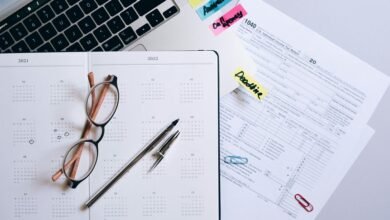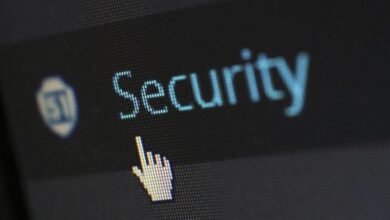Caller Verification Tool 3319910421 3891225884 3204474254 3510875076 3284582524 3805918614

Caller verification tools, such as those associated with numbers 3319910421 to 3805918614, play a critical role in enhancing communication security. These tools employ sophisticated methods like biometric recognition and one-time passcodes to authenticate caller identities. As organizations increasingly rely on these technologies, the implications for data protection and fraud prevention become significant. Exploring the mechanisms and future advancements in caller authentication reveals challenges that may arise as the technology evolves.
Understanding Caller Verification Technology
As organizations increasingly prioritize security, understanding caller verification technology becomes essential for safeguarding sensitive information.
Various caller authentication methods, such as biometric recognition and one-time passcodes, enhance security protocols. These technologies ensure that only authorized individuals can access critical data, thereby mitigating risks associated with identity theft and fraud.
Effective implementation of these methods strengthens overall security infrastructure, promoting trust and safety in communication.
Benefits of Using Caller Verification Tools
While many organizations seek to enhance their security measures, the implementation of caller verification tools offers distinct advantages that cannot be overlooked.
These tools significantly improve caller security by verifying identities, thus reducing the risk of fraud and unauthorized access.
Furthermore, they play a crucial role in identity protection, ensuring that sensitive information remains safeguarded against potential threats and enhancing overall trust in communication systems.
How to Use Caller Verification Tools Effectively
Effective use of caller verification tools requires a structured approach to ensure optimal security outcomes.
Users should integrate robust caller ID systems with advanced spam detection algorithms to identify potential threats accurately. Regularly updating databases and employing multi-factor authentication enhances reliability.
Additionally, educating users on recognizing verified calls fosters a proactive security culture, empowering individuals to protect themselves against fraudulent communications effectively.
The Future of Caller Authentication Solutions
Advancements in technology are poised to significantly transform caller authentication solutions in the coming years. Enhanced algorithms and biometric verification will bolster caller identity assurance, promoting secure communication.
As artificial intelligence integrates with existing systems, the capacity for real-time validation will increase, minimizing fraud risks. Ultimately, these innovations will empower users, ensuring their freedom to communicate securely in a digitally connected world.
Conclusion
As organizations increasingly adopt caller verification tools, the stakes in communication security continue to rise. The integration of biometric recognition and one-time passcodes promises to shield sensitive information from prying eyes. However, the evolving landscape of fraud techniques poses an ongoing challenge. Will these advanced solutions remain one step ahead of malicious actors, or will new vulnerabilities emerge? The answer lies in the relentless pursuit of innovation and vigilance in safeguarding communication integrity.



